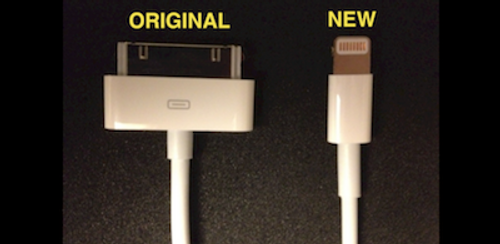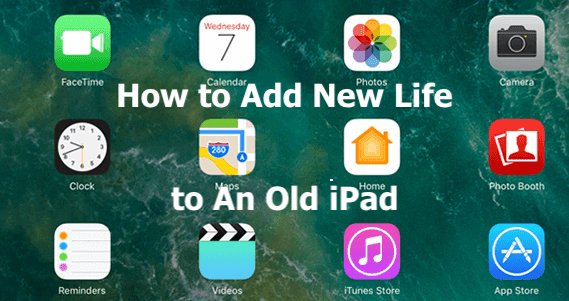I’ve just launched a new course bundle on reviving and renewing old iPads. You choose the cost of the bundle with Pay What You Can pricing. These two courses will show you how to make the most of that old iPad. Let’s show them a little respect and call them legacy iPads. After all, they served us well at one time and, with what you’ll learn in my course, could do so again! Tap or click the button to learn more in the Guru Guide to Legacy iPads
A Brief History of Early iPads
Guru Guide – New Life for An Old iPad
The iPad – One to Four and More
Here’s a brief history of the early iPad models from the original iPad to the first iPad mini. I chose these models because these devices can’t run the latest versions of the operating system or iOS. Just because they’re old doesn’t mean they are useless. Let’s show them some respect and call them legacy iPads.
This course will address models 2, 3, 4 and the first iPad mini. All of these models will run iOS 9.3.5. The 4th generation iPad will also run version 10.3.4 of the operating system.
This course will address models 2, 3, 4 and the first iPad mini. All of these models will run iOS 9.3.5. The 4th generation iPad will also run version 10.3.4 of the operating system.
If you’d like a longer and more visual history of the iPad, see the next lesson.
Apple iPad (2010)
Apple announced the original iPad (not called iPad 1) in January of 2010 and made it available for sale a few months later in April. This original iPad had an aluminum case (as do all iPads now) with square, flat edges and rounded corners. It came with an 9.7-inch LCD display, measured about 13mm (about a half-inch) thick and weighed around 680g, or about a pound and a half. The screen resolution was 1024 x 768.
The 2010 model came with 16GB, 32GB or 64GB of storage and a somewhat optimistic 10-hour battery life. More than 2300 iPad apps were available at launch, many of them iPhone apps developers adapted for iPad. Charging was done through a 30 pin dock connector with a 10 watt charger.

Apple also offered a dock to hold the iPad upright, with a dock connector on the back for charging and an audio line-out port to connect it to external speakers.
Apple iPad 2 (2011)
The second generation iPad, known as the iPad 2, was released a year after the first. This model was both thinner and lighter, and ran at twice the speed of the original model with graphics that were nine times faster. The biggest difference between the original iPad and this new model was the addition of front and rear cameras for photos, videos, and FaceTime video calling. The original iPad had a hole in the bezel (frame) top-center, but no camera behind it. The ambient light sensor was placed there instead. This light sensor automatically dimmed or brightened the screen depending on how bright your surroundings were.
Apple iPad 3 (2012)
The third generation iPad (iPad 3) arrived in 2012 with essentially the same design as the one before. However, the screen was vastly improved with a technology Apple called a “Retina display” (sound familiar?) The iPad 3 screen offered four times the pixels of the iPad 2, as well as better color saturation. The resolution of the camera also improved greatly, from 1-megapixel to 5-megapixels.
Apple iPad 4 (late 2012)
Only 6 months after the launch of the iPad 3, Apple announced the fourth generation or iPad 4. It was pretty much the same as the iPad 3. But this iPad no longer used the 30-pin dock connector for charging or connecting accessories. The iPad 4 instead used the Lightning connector.

The display on the iPad 4 was the same as the iPad 3 – a Retina display with a 2048 x 1536 resolution. Apple also used a new processor, claimed to be 2x faster than the one in the iPad 3. The front-facing camera was also upgraded to 1.2-megapixels.
Apple iPad mini (late 2012)
Apple launched the first iPad mini alongside the iPad 4, adding a new, smaller size iPad. The iPad mini was significantly lighter, just half the weight. The bezels (black frame edges) surrounding the screen were reduced. This iPad had the same resolution as the iPad 2 on its 7.9-inch screen at 1024 x 768 pixels. Though not the Retina display, it still looked sharp due to the smaller screen size.

The Guru Guide to Old iPads

